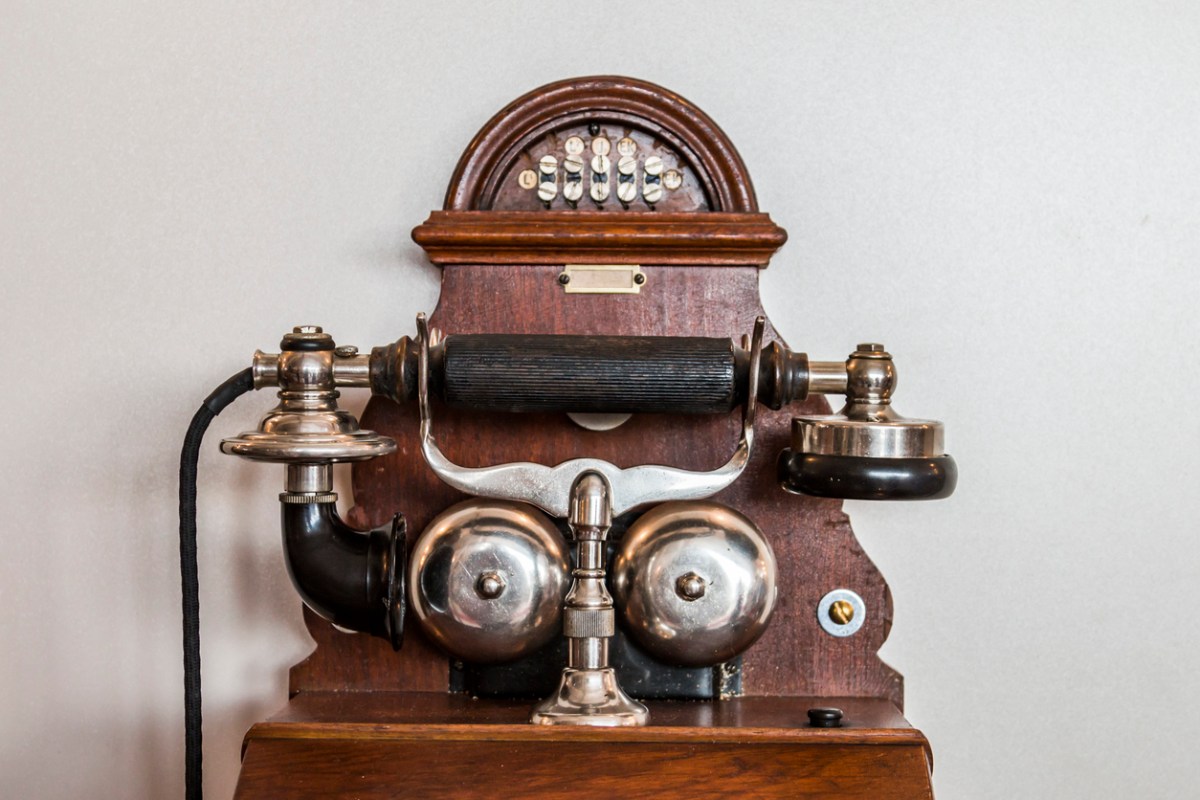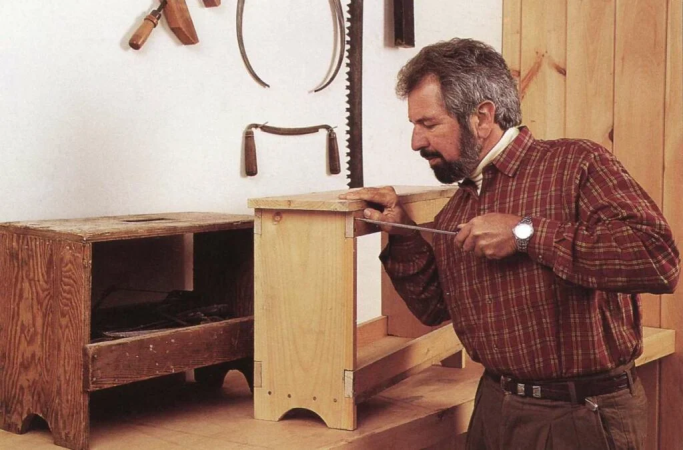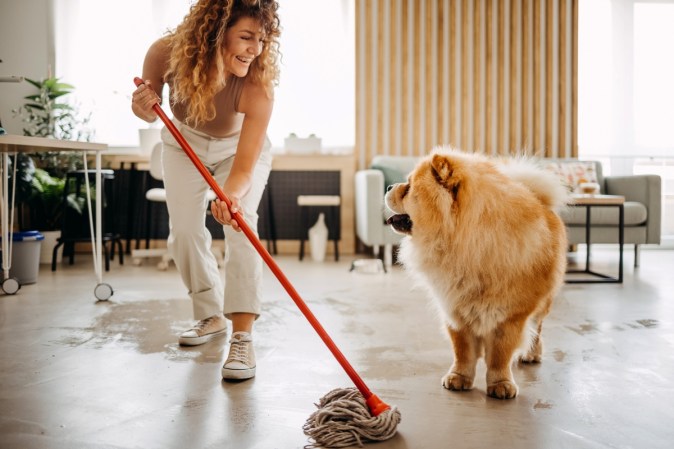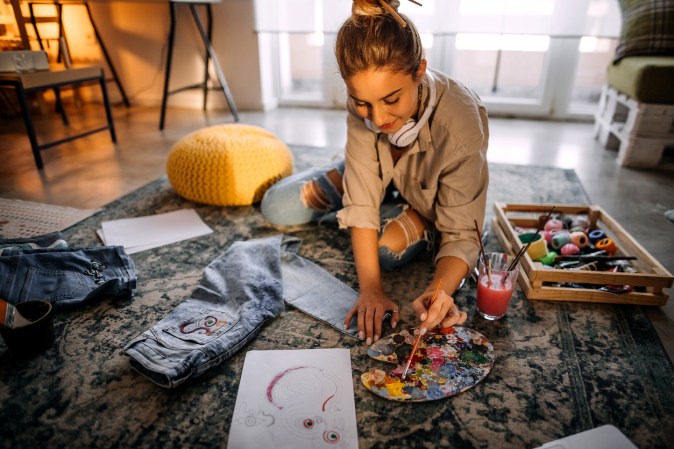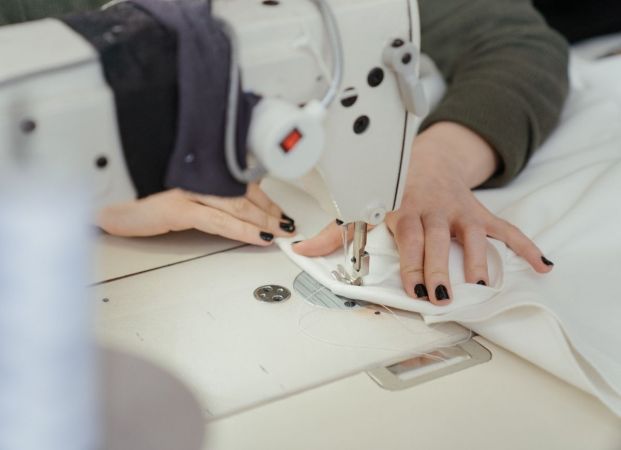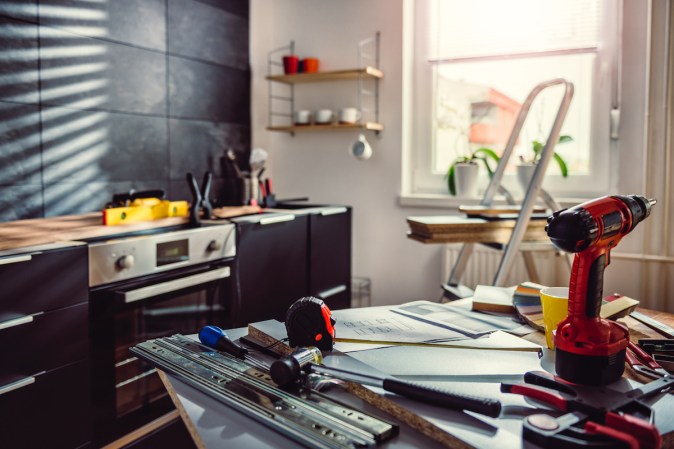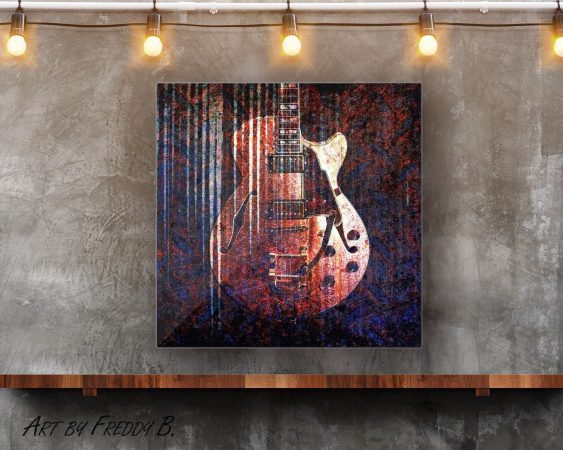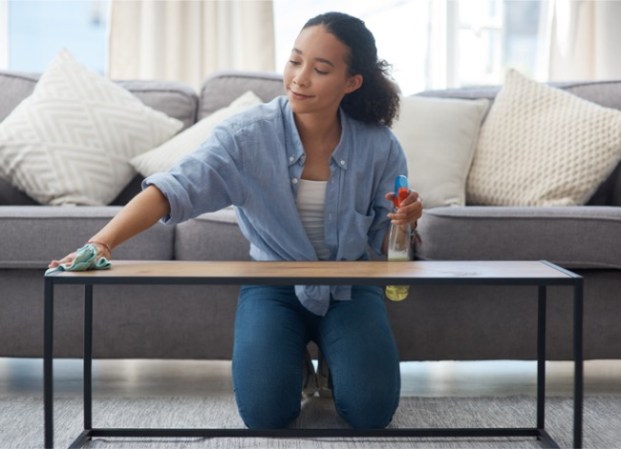We may earn revenue from the products available on this page and participate in affiliate programs. Learn More ›
Old homes often have plenty of magical features and charm, but they also might have characteristics that no longer serve their original purpose. So what do you do if your home has one of these quirky old features that you don’t plan to use, like a closet that’s too small, a root cellar, or a Dutch door? Instead of getting rid of these features altogether, you might be able to give them a bit of an update to make them more useful. Here are some ways to repurpose old house features into something a bit more functional for today’s needs.
1. Repurpose a Phone Nook
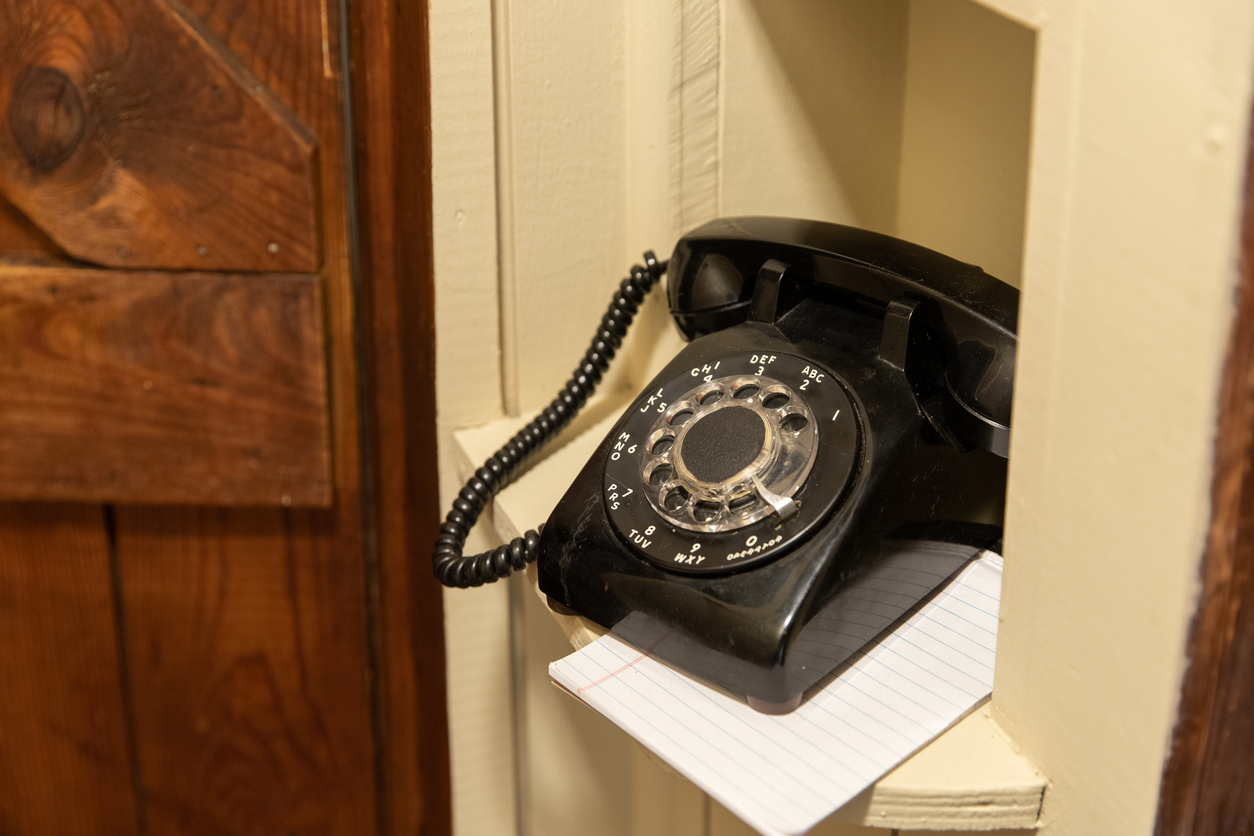
With fewer people keeping their land phone lines these days, the phone nook or phone cubby seems less usable the past couple of decades. Yet these nooks offer quite the character to old homes. Depending on its size, an old phone nook can be transformed into a small shelf to display books or a spot for a house plant. If there’s already electrical nearby, consider turning it into a charging station for smartphones and tablets. If you need to wire an outlet to a phone nook, take these precautions.
RELATED: 15 Old House Features We Were Wrong to Abandon
2. Update the Root Cellar
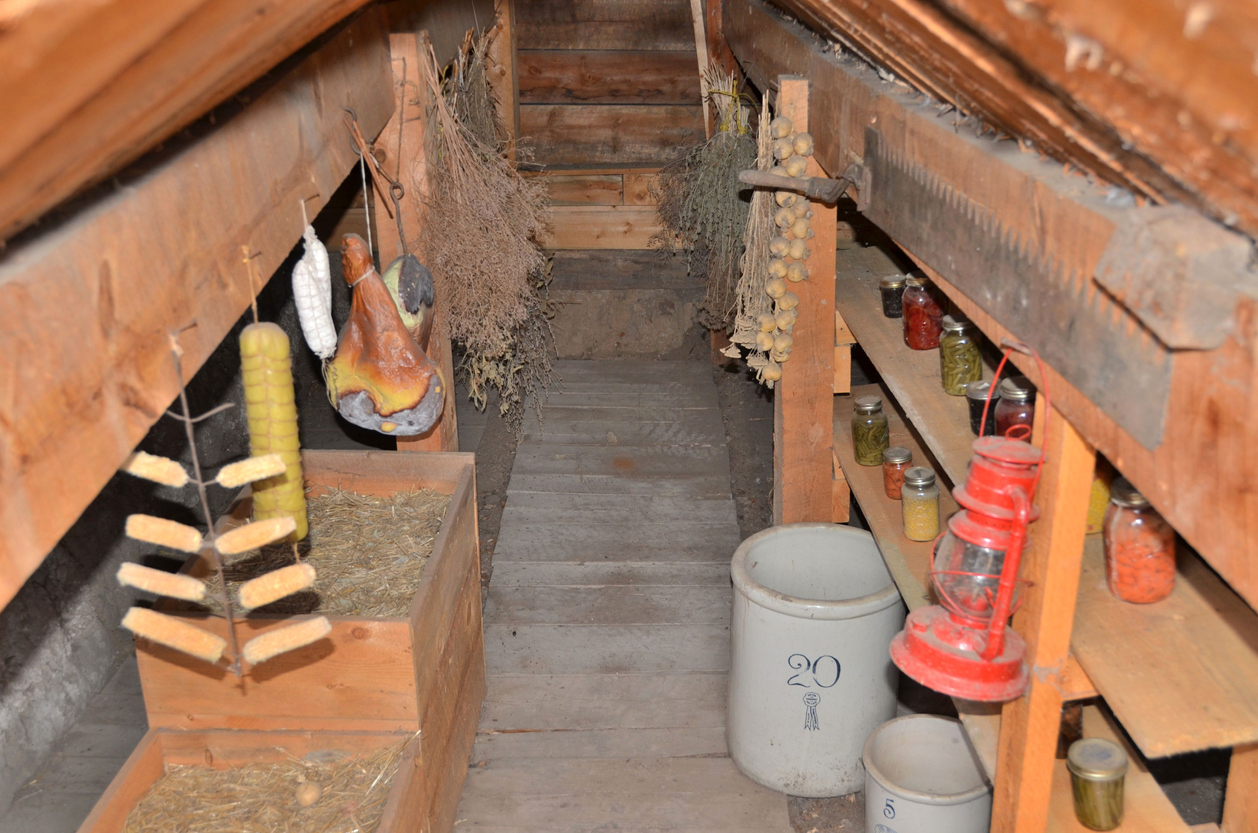
Many old house styles included a root cellar that was once used to store vegetables, canned goods, and maybe even coal. Those who aren’t canning probably don’t see themselves getting much use out of the space. The good news is that depending on the space, an old root cellar might easily transform into a functional room that can get plenty of use. Consider adding a home gym, workshop, office, or even a playroom. To find out if it’s a workable space for converting, talk to a reputable builder.
RELATED: Top Tips for Setting Up a Workshop in Your Cellar
3. Convert an Old Porch
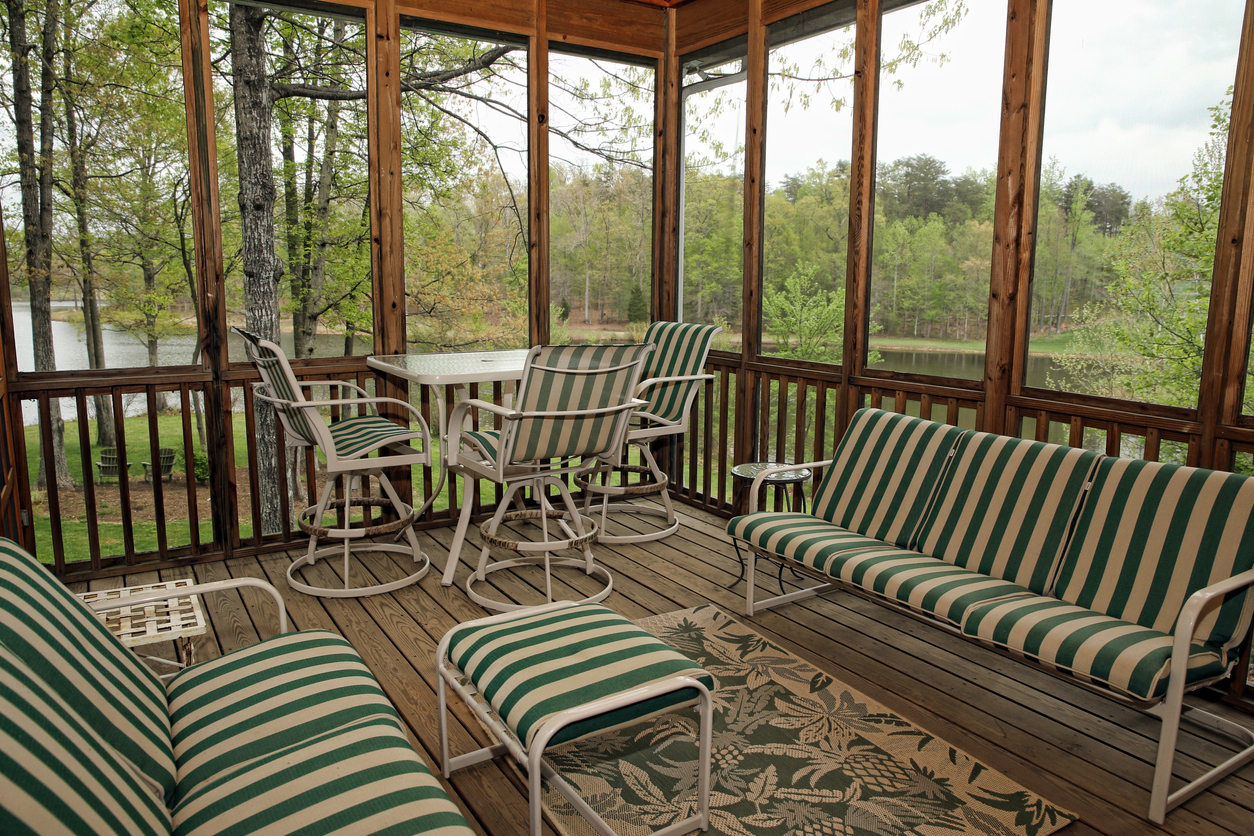
Although porches are making a comeback, an open-air or screened-in porch might offer practical use only in summer. Convert it into a three-season porch. While this can be a costly investment, it’s one worth considering since, depending on the local climate and extent of the renovation, it could be a great outdoor living space for three out of the four seasons. The cost of adding a sunroom, as an example, averages $30,000 and can run up to $80,000, but it might be a smart investment in the home’s value.
“It’s estimated that a sunroom conversion renovation retains 72 percent of its value over time. That’s an impressive boost for homeowners who want to enjoy the renovation now, but plan to reap the benefits from a future sale,” states Pella Windows and Doors.
RELATED: 9 Things to Know Before You Screen In a Porch
4. Rethink a Too-Small Closet

Many old homes have closets that are just too small or are located in a spot in the house that makes them a bit unuseful. Try converting a too-small closet into a reading nook. This can be a simple DIY project accomplished by removing the door, adding some cushions, a bean bag chair, or a good reading pillow, plus a lamp to create a cozy reading spot.
RELATED: 8 Other Uses for Closet Space
5. Repurpose a Dutch Door

Dutch doors, also known as half and split doors, were once all the rage, but it’s rare to find them these days. These doors have two sections and split in the middle so the top can swing open while keeping the bottom half closed, and vice versa. If the Dutch door on your home has outlived its purpose, try giving it a new use by turning it into a coffee table or even a headboard. There are plenty of new uses for old doors.
RELATED: Dutch Doors: An Open-and-Shut Way to Instantly Boost Curb Appeal
6. Update a Laundry Chute or Dumbwaiter
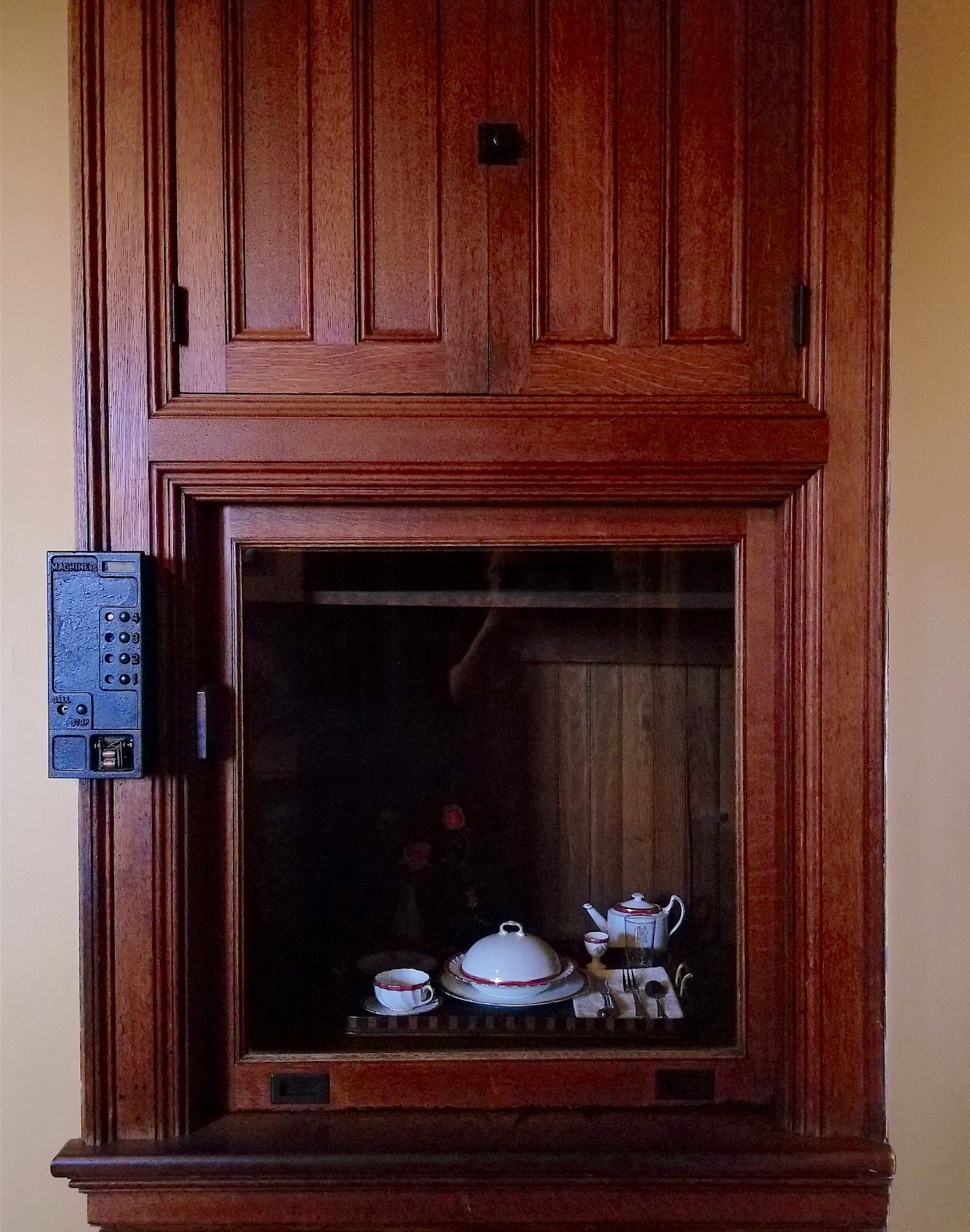
With many Americans looking to age in place and make their current homes more manageable, some might consider updating an old laundry chute to put back in service or into a dumbwaiter—an old house feature we believe should be kept if you’re lucky enough to have one. A dumbwaiter is a lot like a small elevator that operates via a pulley system and makes it easier to transport laundry or other items both up and down between floors. While it might not wash and fold the clothes, a dumbwaiter can go into a space occupied by an old laundry chute and make moving laundry, toys, groceries, and even snacks from one floor to another a whole lot easier.
RELATED: 17 Vintage Kitchen Features We Refuse to Abandon
7. Give an Old Ironing Board Cabinet New Life
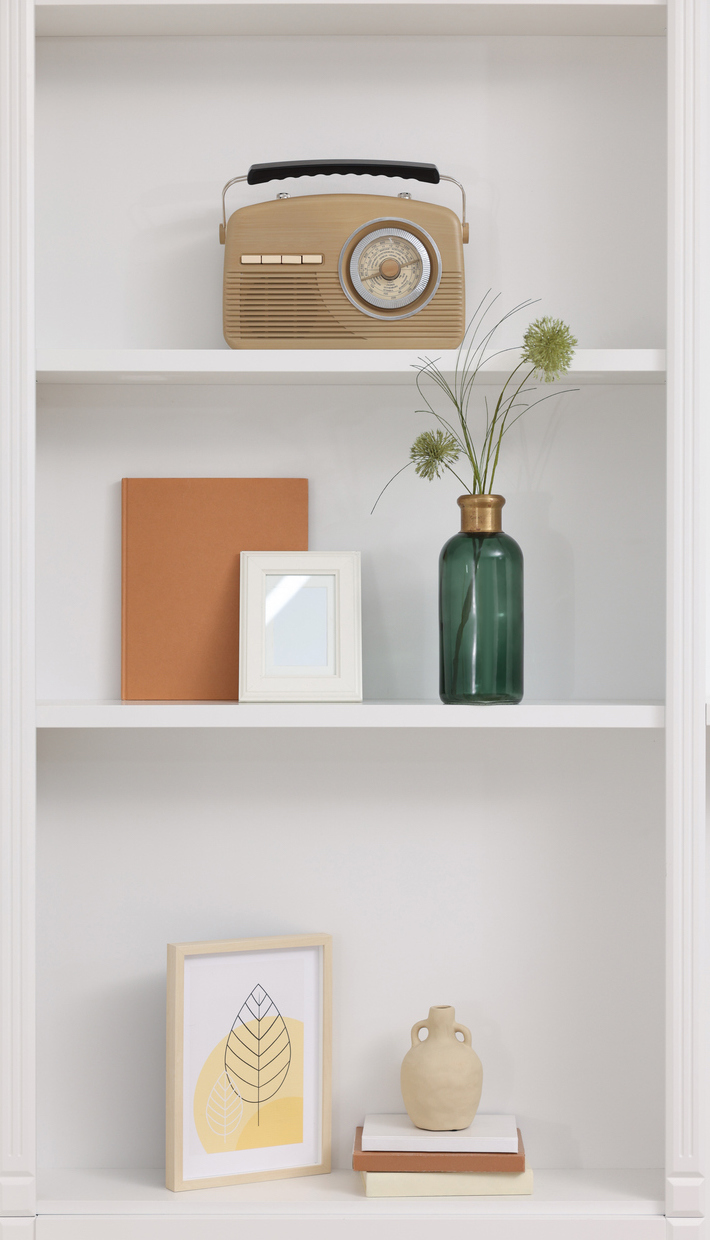
Some old homes have an old ironing board cabinet in a bedroom, hallway, or laundry area that occupants don’t see themselves using. That in-wall or in-cabinet space can be useful for other purposes, however. Depending on the location, it could be a great spot to showcase tall decor like a faux plant, repurpose with shelves to make a spice rack, or even add shelves for other storage.
